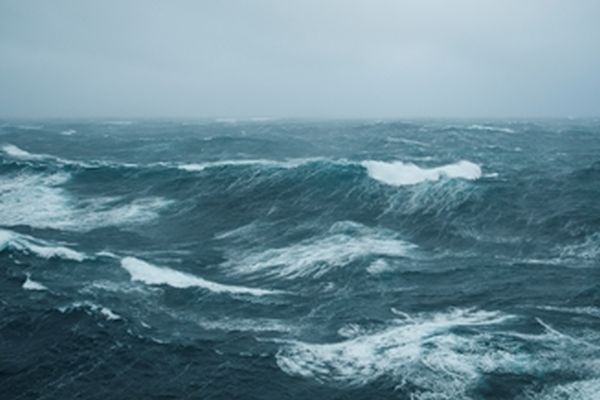WEC Software Development
Project Description
The purpose of this software development project is to Optimize Wave Energy Capture Performance (OWECP) and provide wave energy converter design support.

Floating body dynamics and loads are fundamental in wave energy converter design, as the wave-induced motions and loads are important parameters to use as loadings for structural analysis. The calculation procedures needed to establish the structural loading generally involve estimation of the sea environmental conditions to be encountered by the WEC, prediction of the response characteristics of the body and specification of the criteria used to assess the WEC behavior.
A good understanding of the response of the wave energy converter in a given sea state is necessary for maintaining safe-guarding the structure and mooring from failure. In order to describe the motion of any physical system, there must be a complete and accurate outline of the static and dynamic loading present. This involves the following analysis domains:
- Establish the wave climate, estimating design wave, and selecting and applying a wave theory to determine the hydrodynamic loading. The wave data analysis procedure involved finding the significant wave height along with the significant wave period, and then assigning a Sea State.
- The kinematics of wave energy converter motion, i.e. the geometrical aspects of motion: variables, reference frames and transformations.
- The kinetics of wave energy converter motion, i.e. the study of the forces acting on the wave energy converter and the motion they produce.
- Combining the wave energy converter kinematics and kinetics to obtain a dynamic model for design and testing.
This software will also be capable og analyzing real seas and estimate how sea characteristics influence the design of wave energy converters. i.e.:
- Frequency response of converters and description of power output.
- The energy absorption of some converters is greatest when they resonate with the waves.
- Changing a converter's natural frequency – tuning.
Frequency response of converters and description of power output: In developing wave energy converters we are interested in the criteria that wave conditions set for converter design and how descriptions of the sea translate into descriptions of power output. The range of frequencies over which a converter captures energy is called its bandwidth. Some converters absorb a lot of energy over a narrow band and very little energy outside this band, while other converters absorb energy over a broader band but less energy at particular frequency within this band. The net energy absorbed may be the same, but the converters may be more or less suited to different sites depending on the sites' wave spectra.
The energy absorption of some converters is greatest when they resonate with the waves: This means that the frequency of the waves is close to the converter's natural frequency of oscillation. Since the wave frequency changes over time, the converter's natural frequency must also change in order for the converter to resonate continuously.
Changing a converter's natural frequency – tuning: Changing a converter's natural frequency is known as tuning, and may involve adjusting it's size, shape, mass, stiffness or damping, or some combination of these. Tuning can be considered in three contexts, depending on when and how quickly it is done
- Fixed tuning: Properties of the converter that it is impossible or at least impractical to change once it is constructed should be set during the design process so that the converter's frequency response is a good overall match to the wave spectrum at the intended sea location. These properties are likely to include the converter's size, shape and mass;
- Slow tuning: Tuning a converter to match the current wave climate over a period of several minutes to hours is referred to as slow tuning; and
- Fast tuning: An ideal tuning system would be able to tell the height and period of oncoming waves before they reach the converter and adjust the converter's properties in advance to extract the maximum possible energy from the waves. This is called fast tuning. A converter's control system may combine aspects of slow tuning and fast tuning.
The software uses a standard methodology for assessing the cost of energy of wave energy converters. The purpose is to allow a fair, comparative assessment of different device technologies, by providing a means of estimating WEC costs of energy in a consistent manner.
The methodology will be of benefit to other parties working in the wave energy field, including device developers, technology and project investors, and public sector funders, and will therefore produce a documented methodology and a supporting software. It will hopefully bring clarity and consistency to the assessment of wave energy converters.